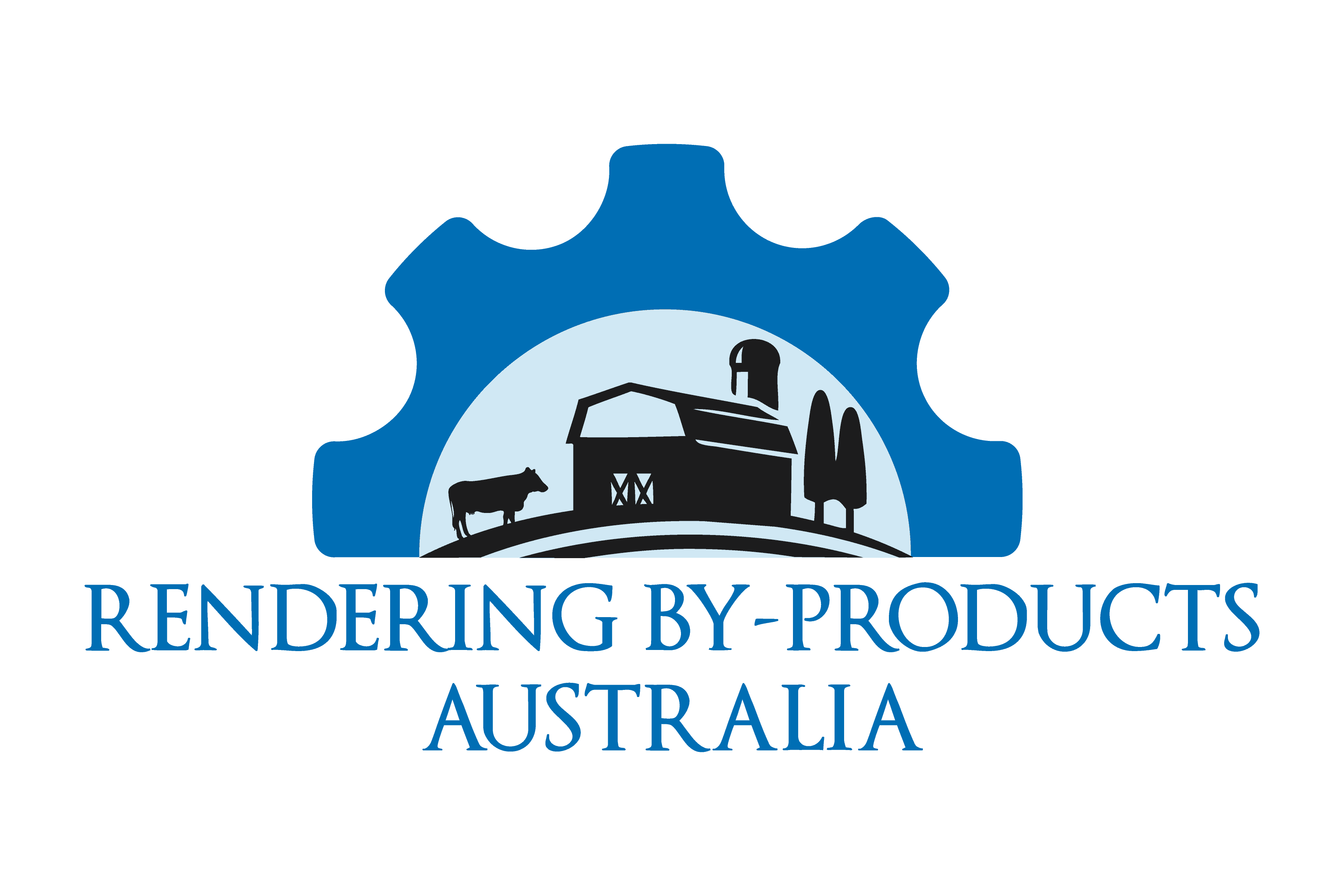How Does Wet By-Product Rendering Process Work?
The process of extracting and refining animal fats is what’s known as animal by-product rendering.
Generally, offal from slaughterhouses and abattoirs is rendered by the application of heat which breaks down the tissue and subsequently releases fat and water. By-products can be used for either edible or non-edible purposes and depending on the material, can be rendered using wet or dry rendering processes. Typically, rendering systems can be classified as either wet or dry rendering depending on whether the fat is removed before or after the drying operation; both processes can be carried out in a batch, semi-continuous or continuous mode.
Edible rendering is usually performed using the wet processing method in order to produce lard or edible tallow for use in food products. Edible rendering is generally carried out in a continuous process at low temperatures, meaning less than the boiling point of water (100 degrees).
Wet rendering separates tallow from the solids while the material is still wet. The material is diced into small chunks and then cooked through a reactor so that heat transfer is able to penetrate the centre of each particle as quickly as possible. At this stage the process separates the liquid water and fat mixture by heating the raw material to 90° C. From there, the solids are separated from the water and tallow by either pressing or centrifugingand/or evaporation. This called the ‘liquid phase’.
The separated solids aredried to produce meat meal while the liquid is known as tallow.
To obtain the highest quality of products, material should be rendered as soon as possible after slaughtering to minimise bacterial degradation of proteins and fats.
